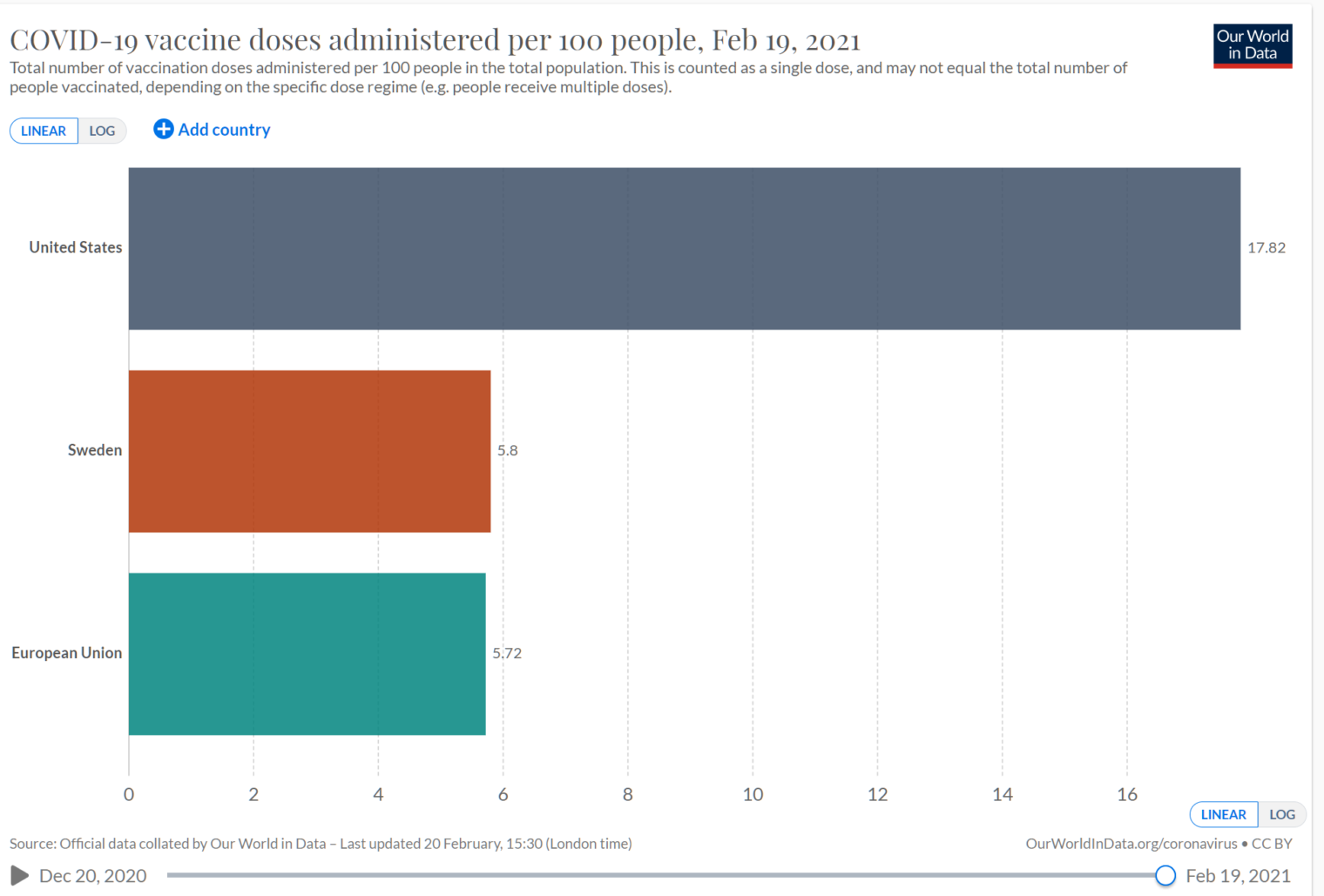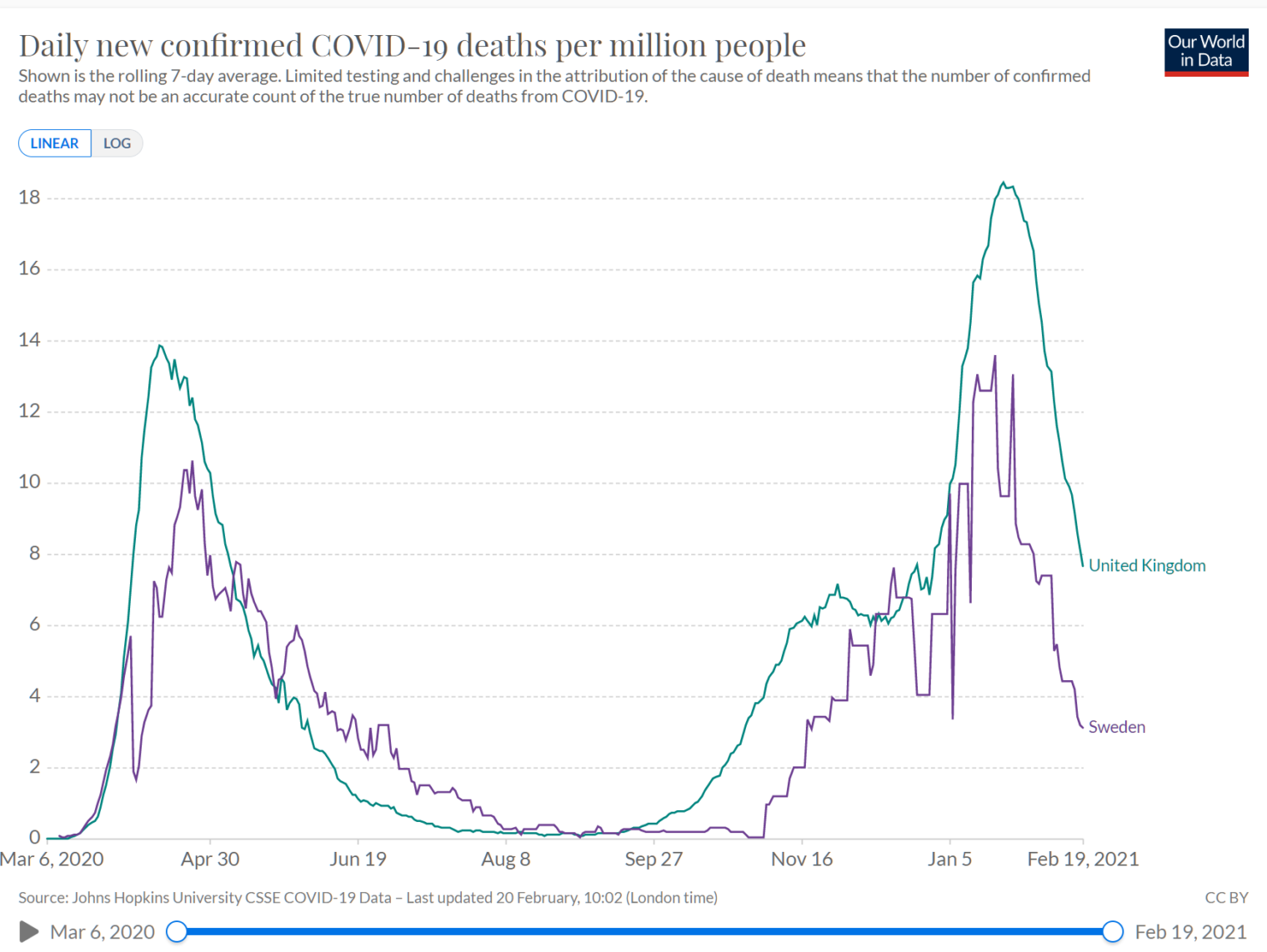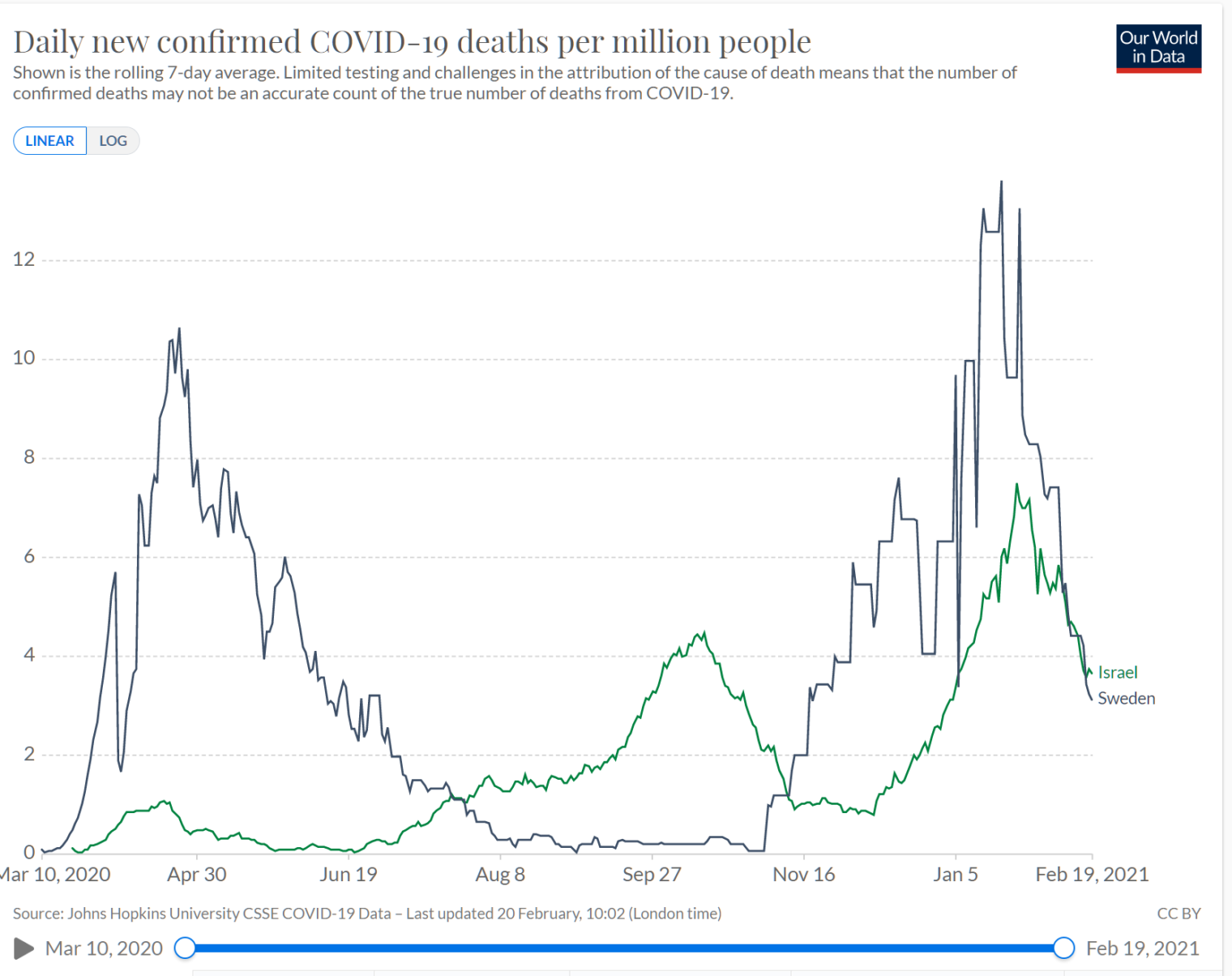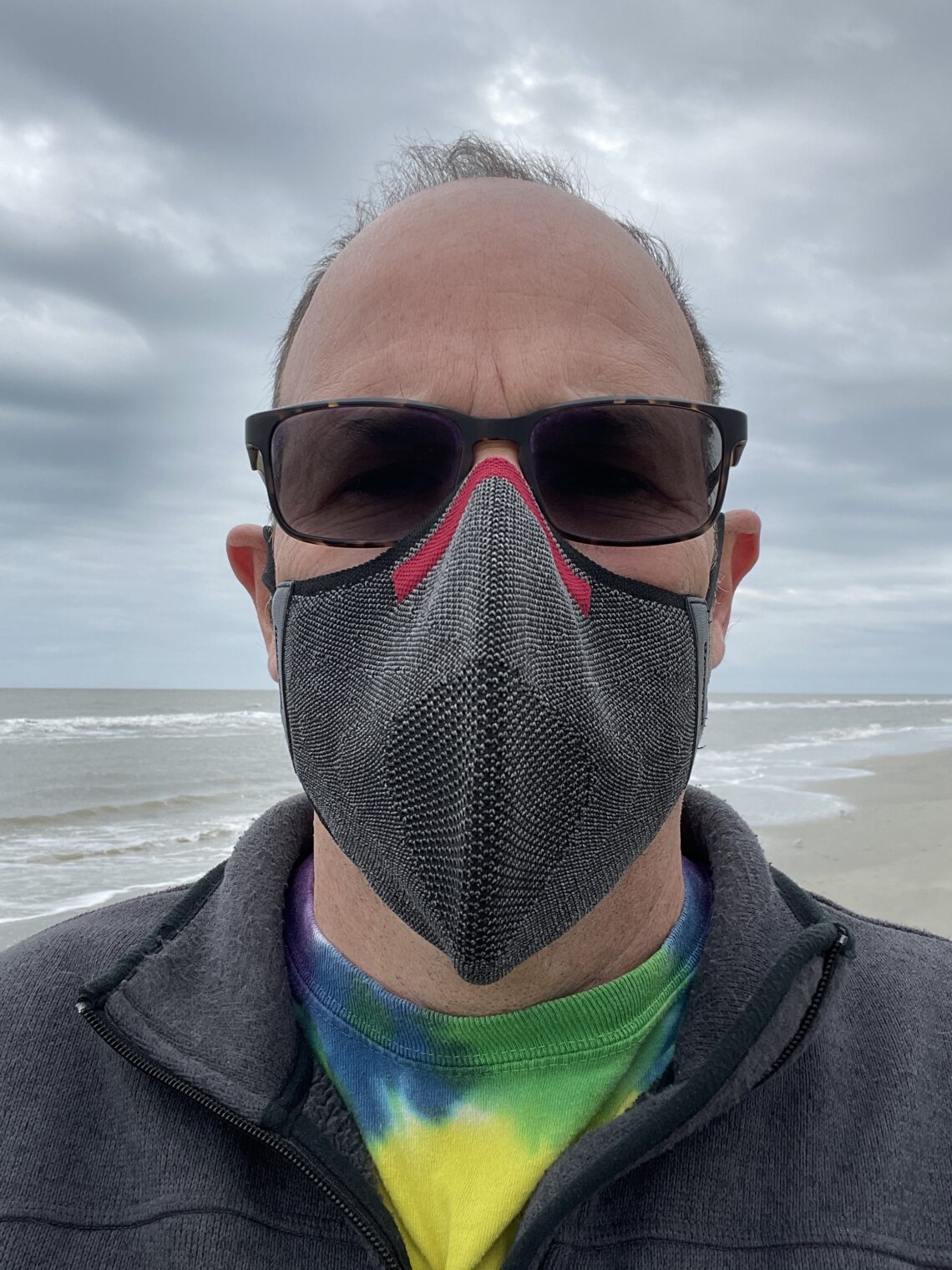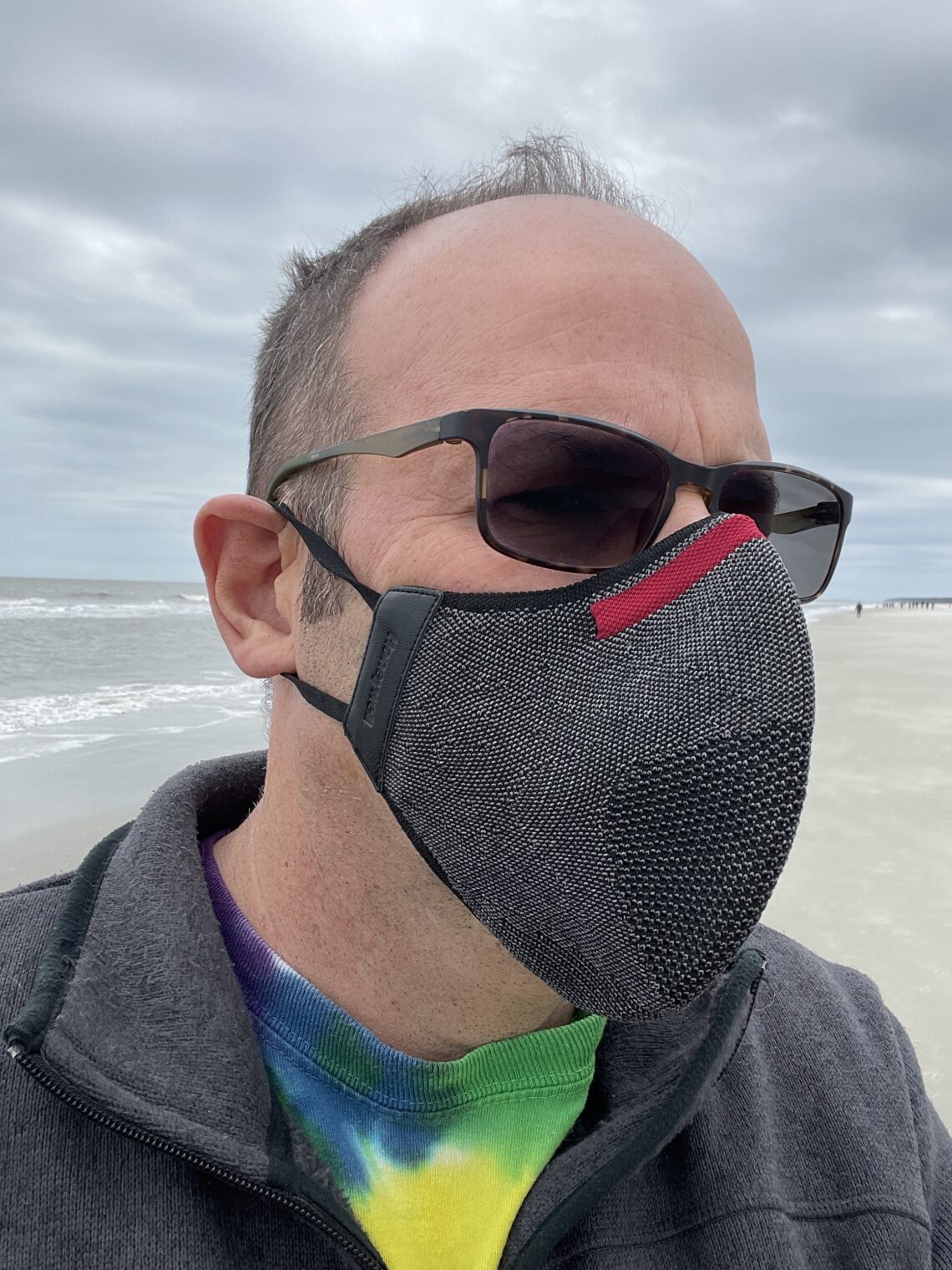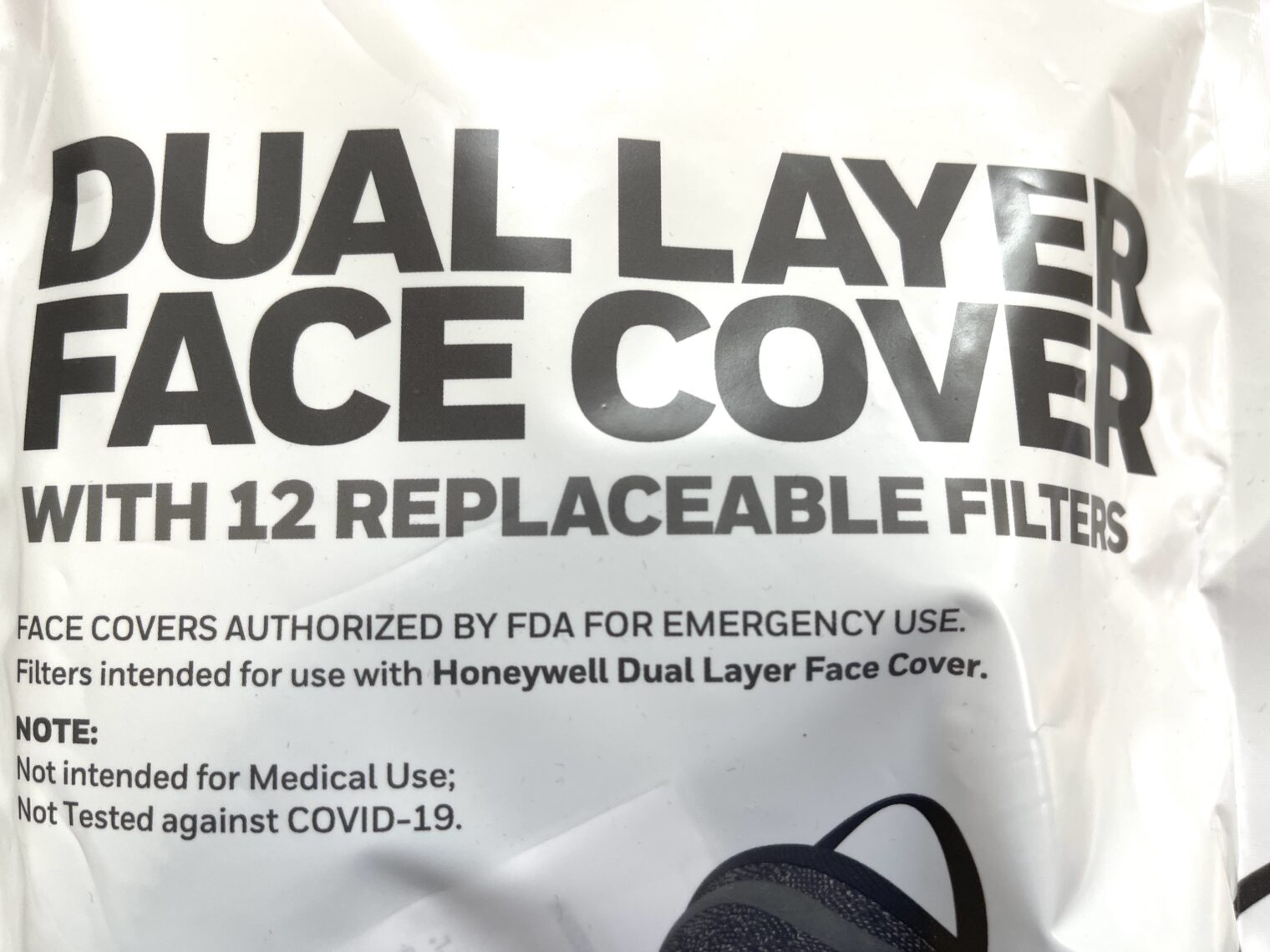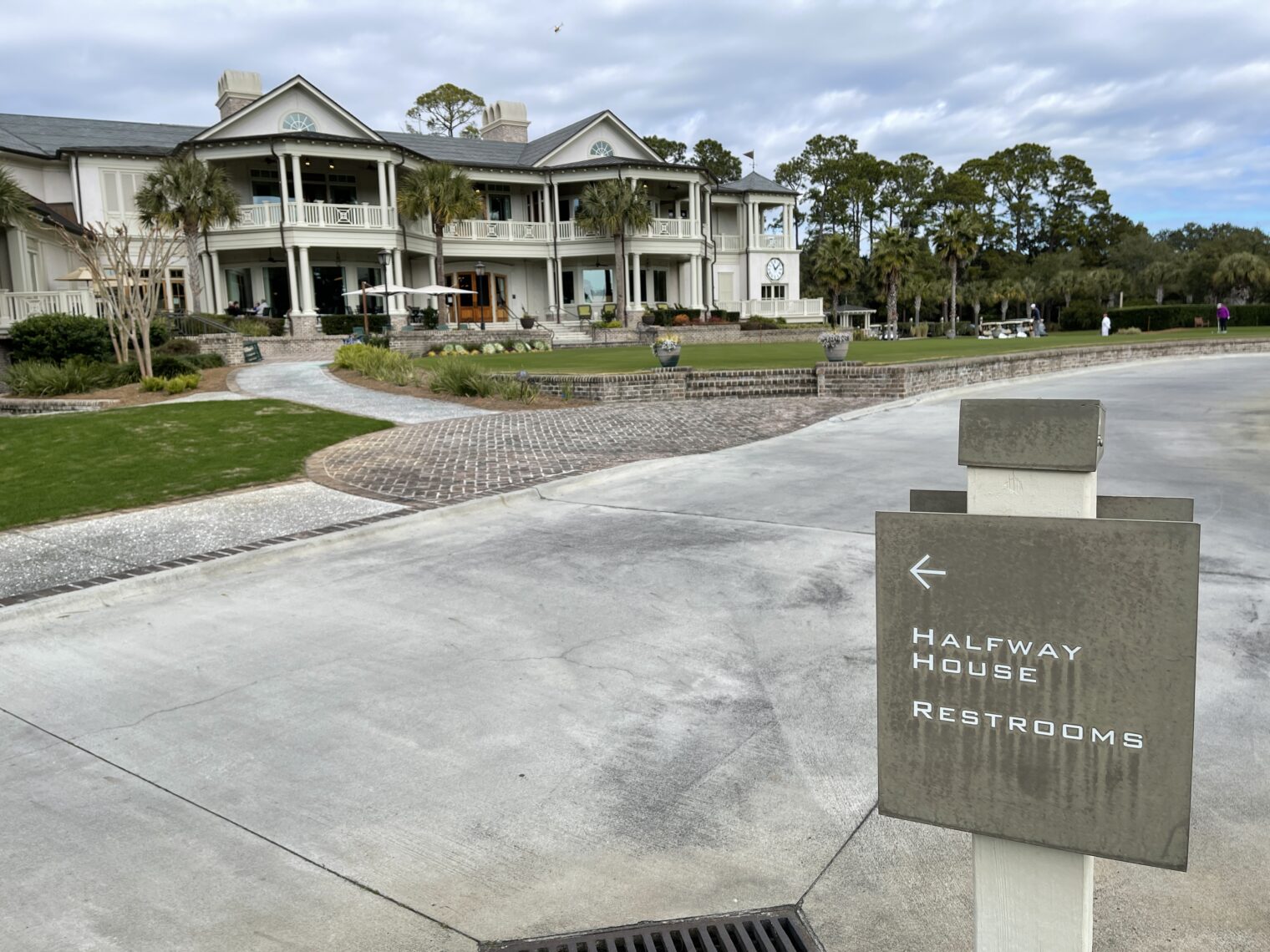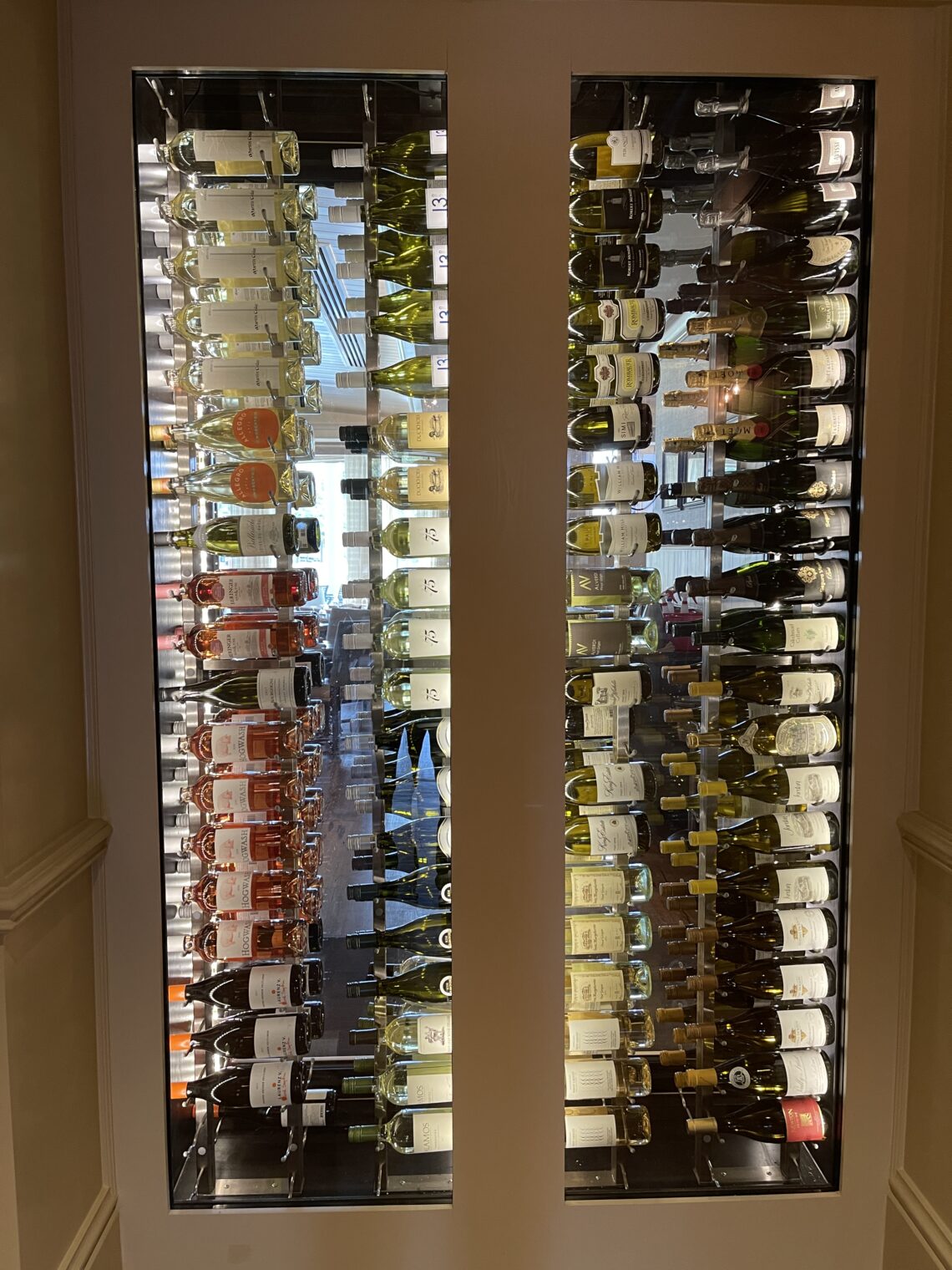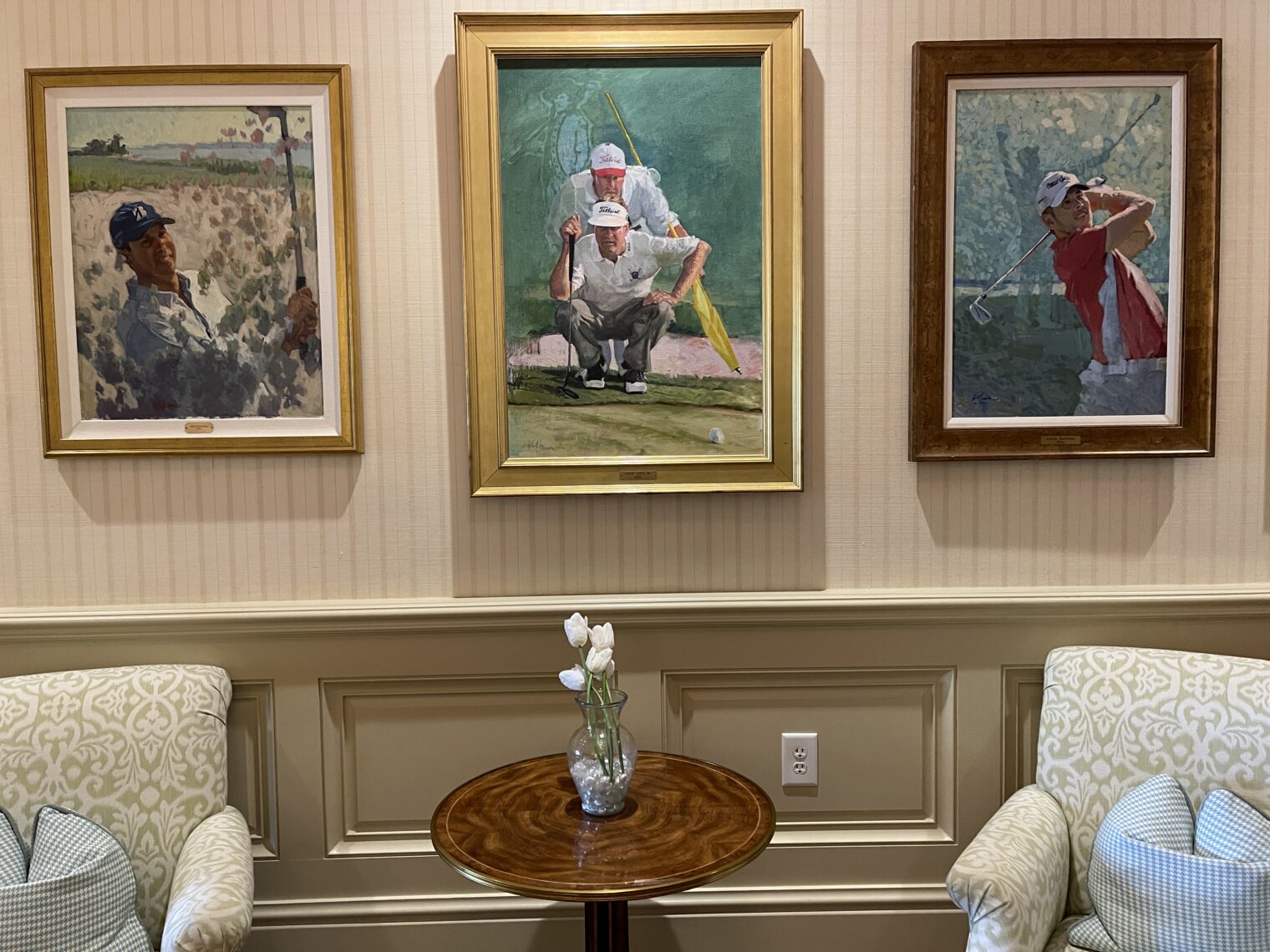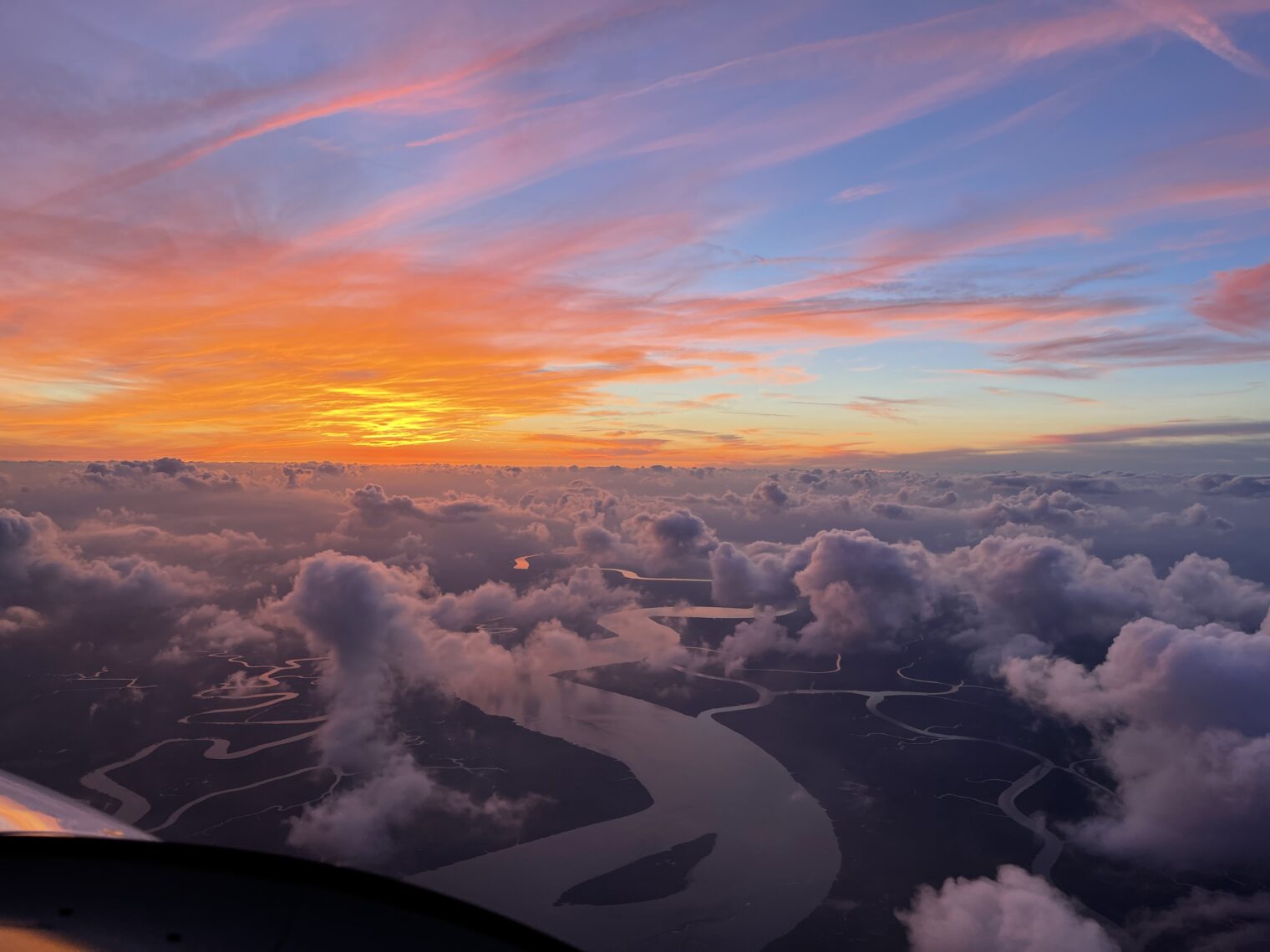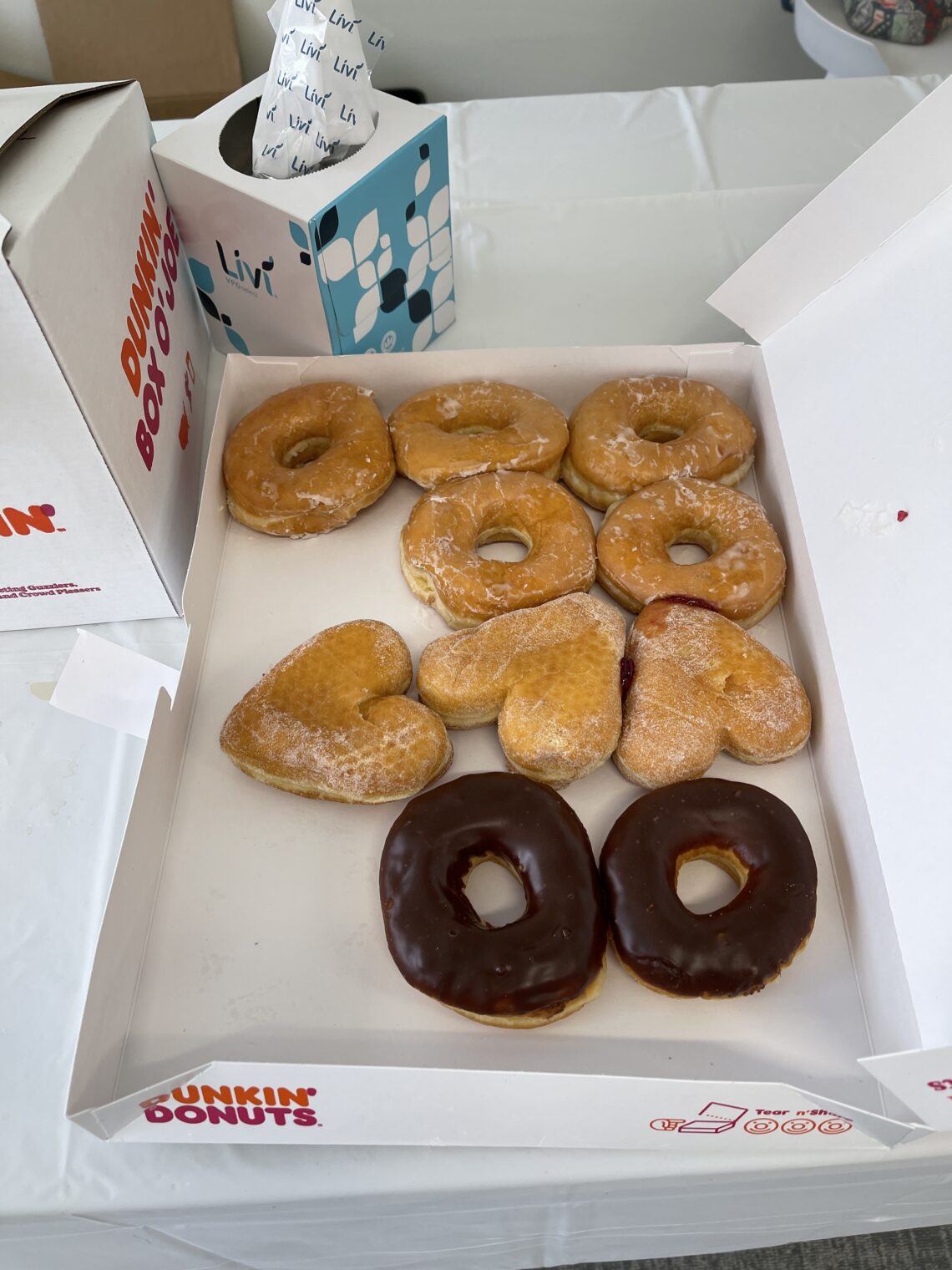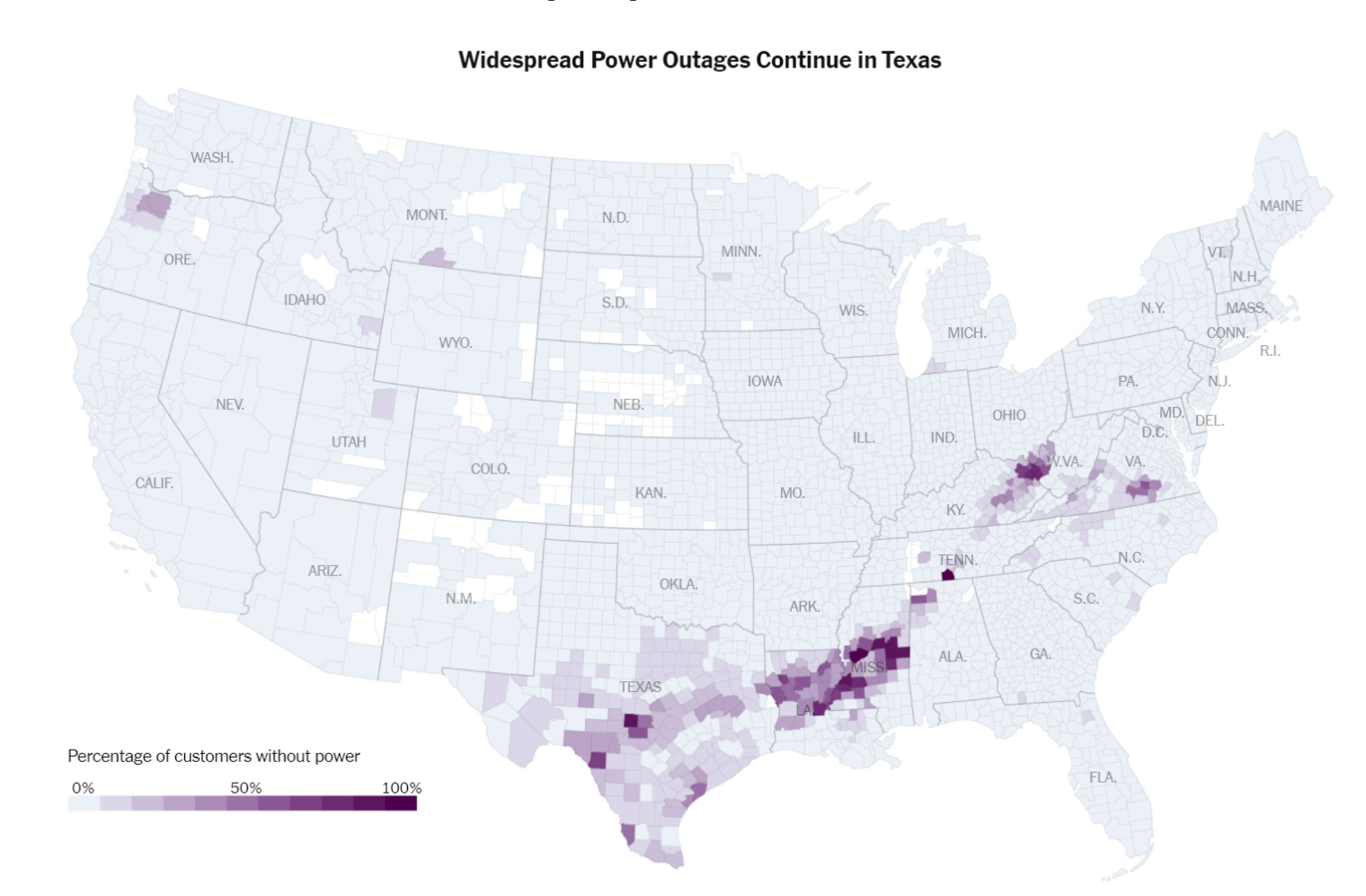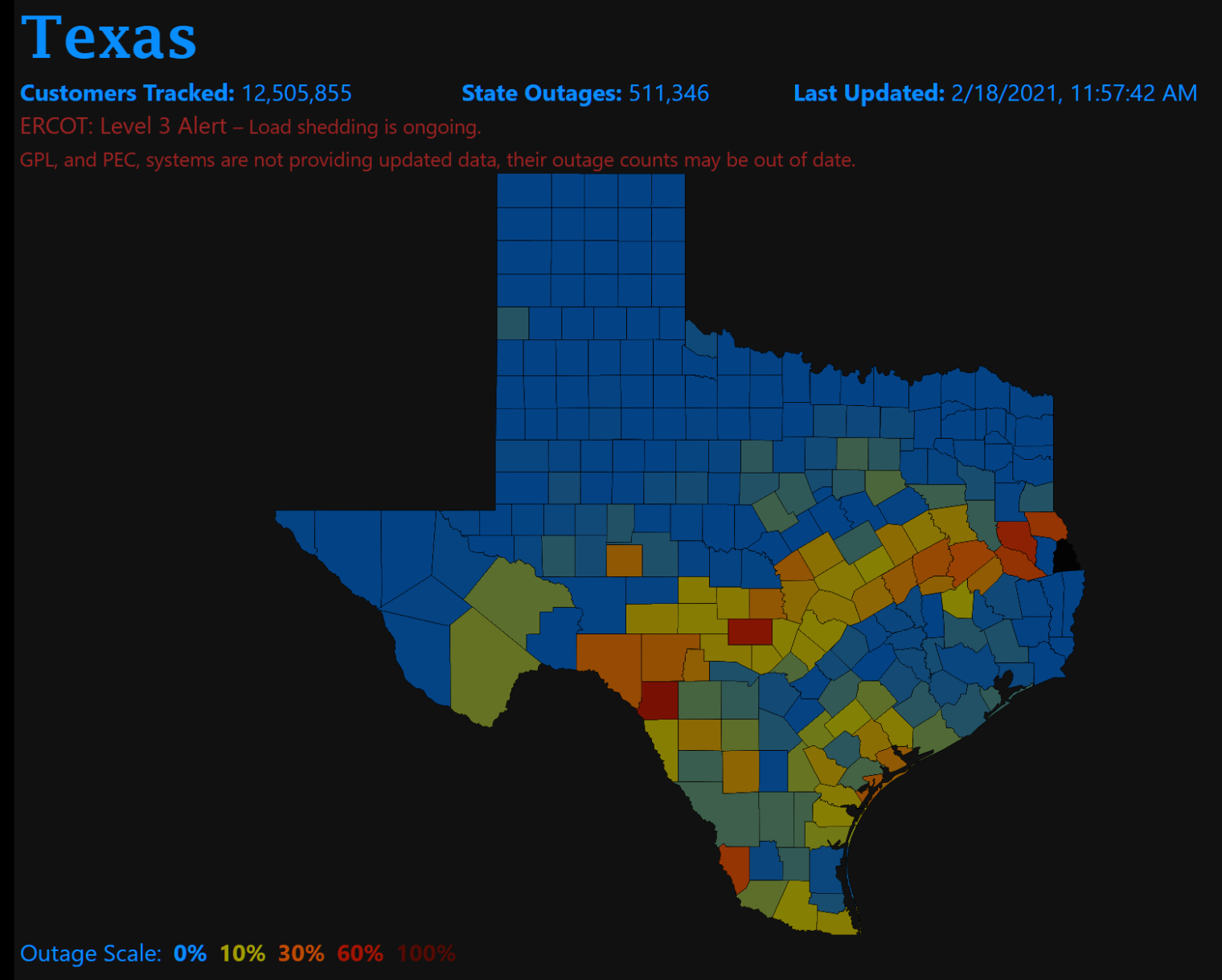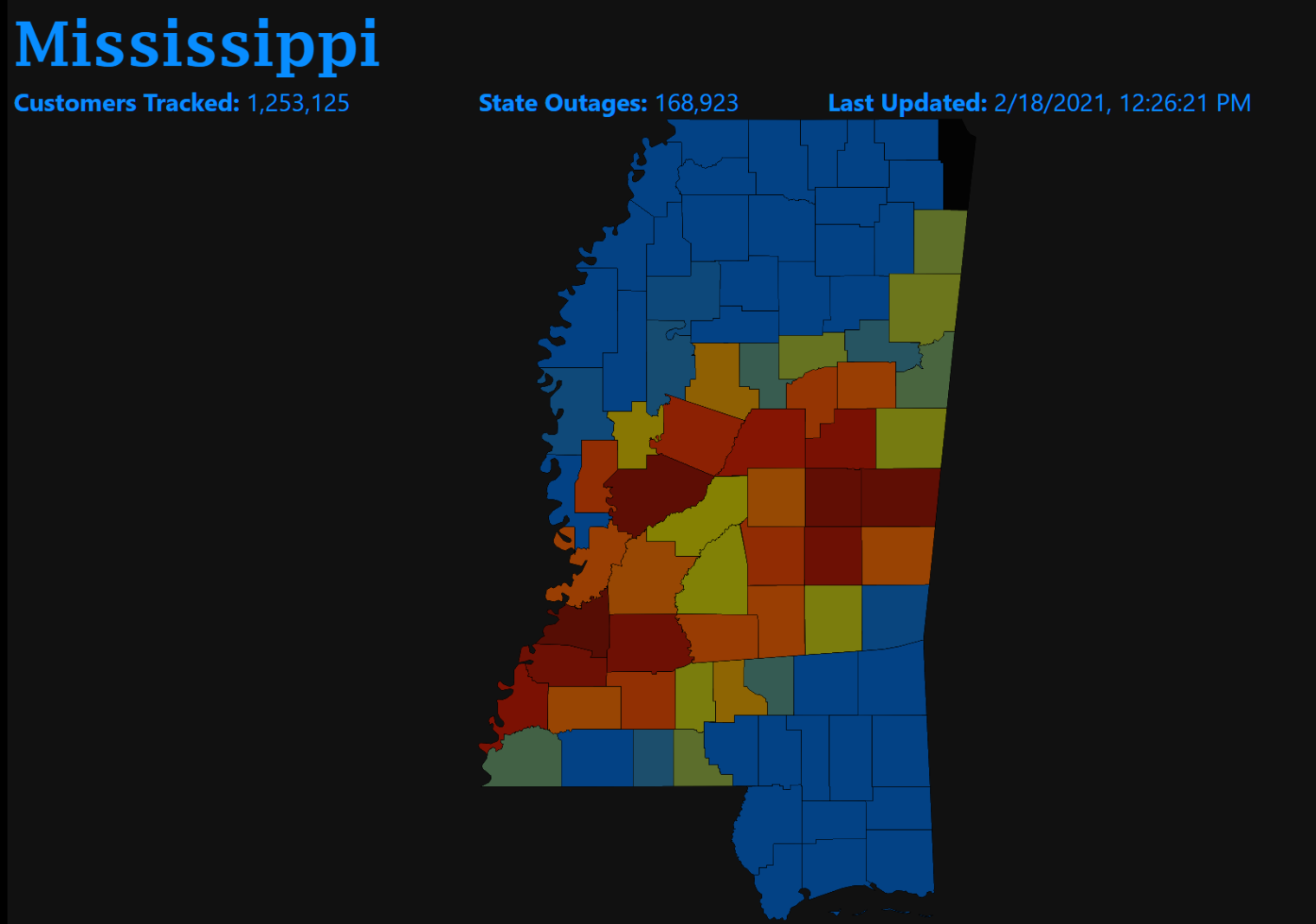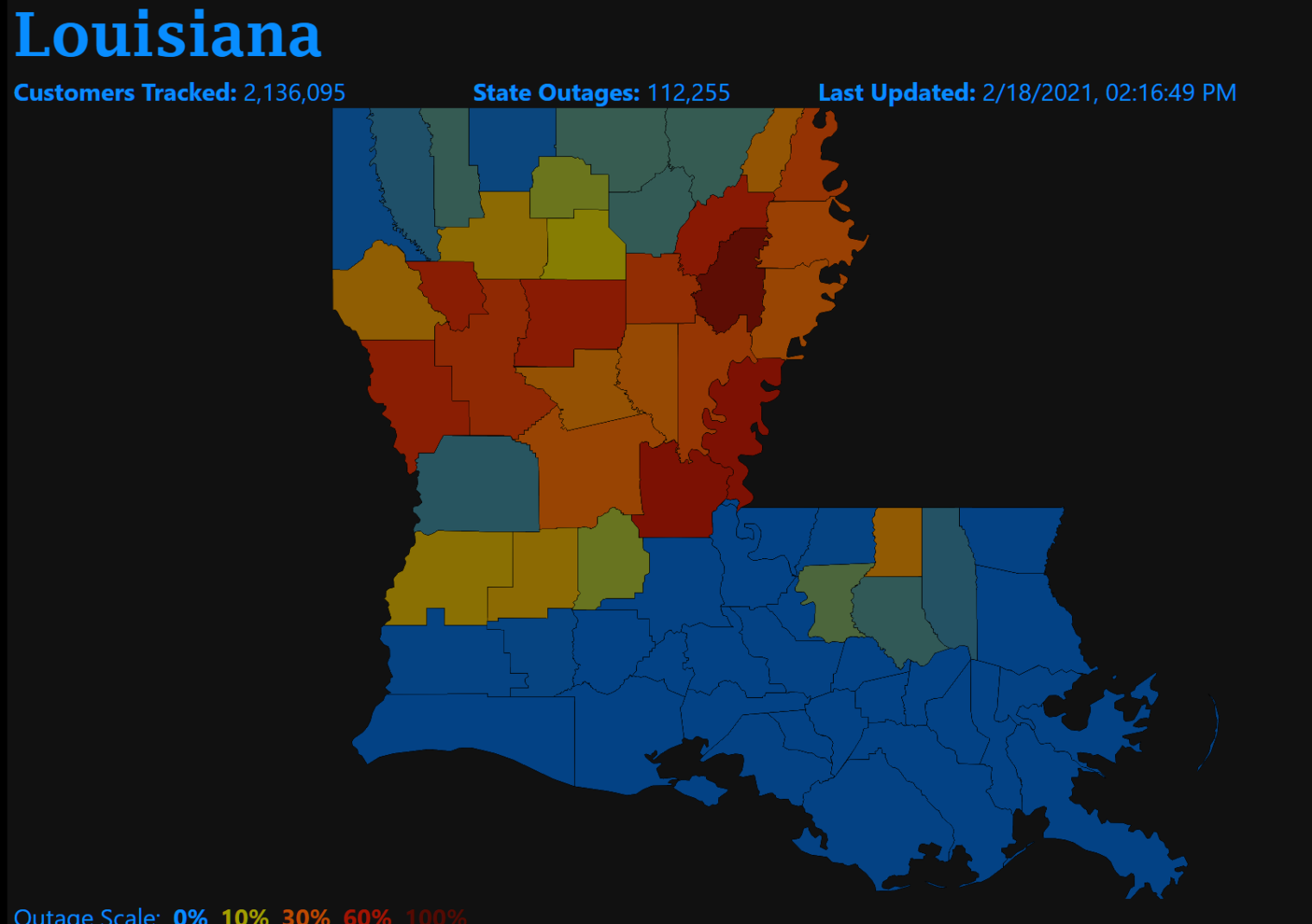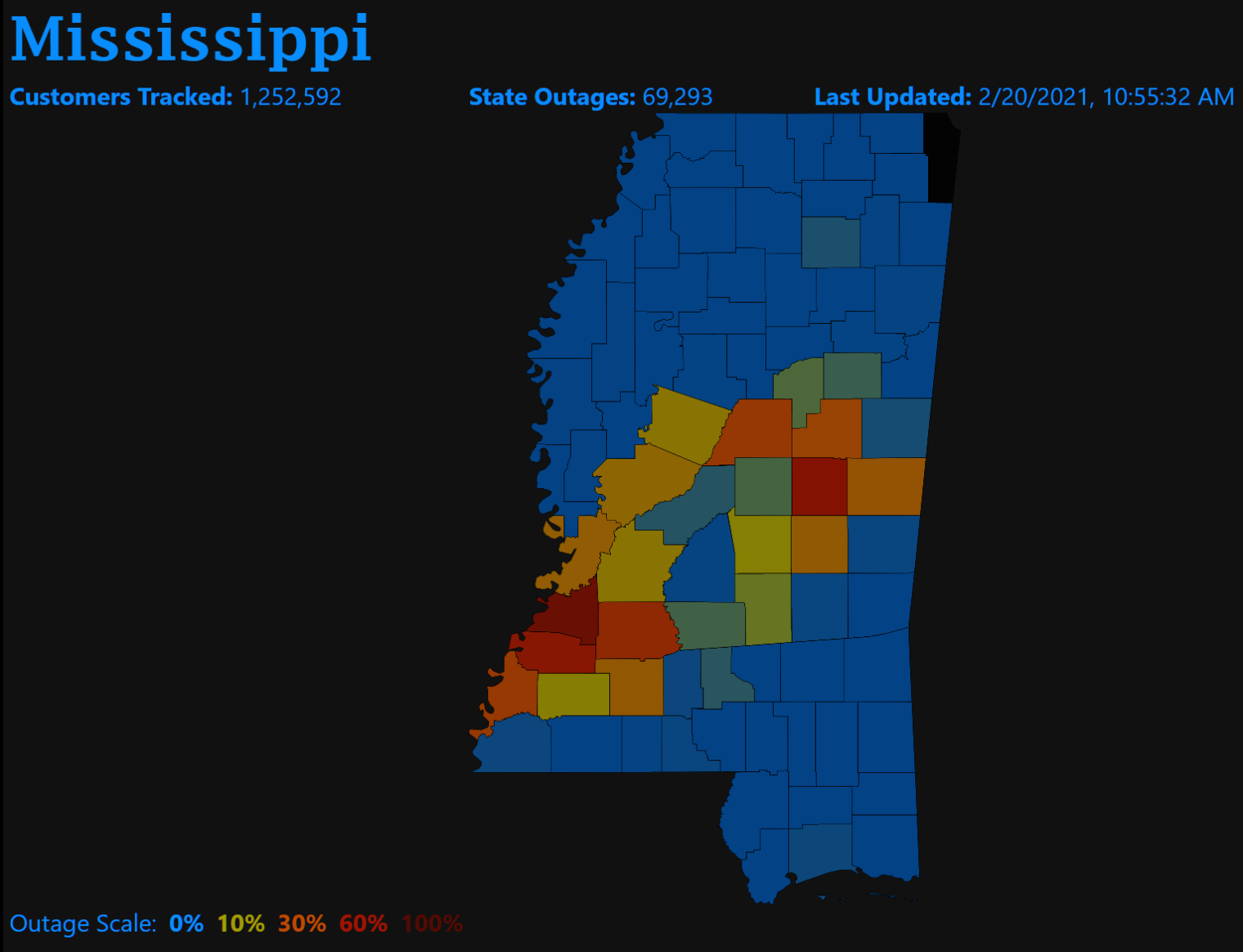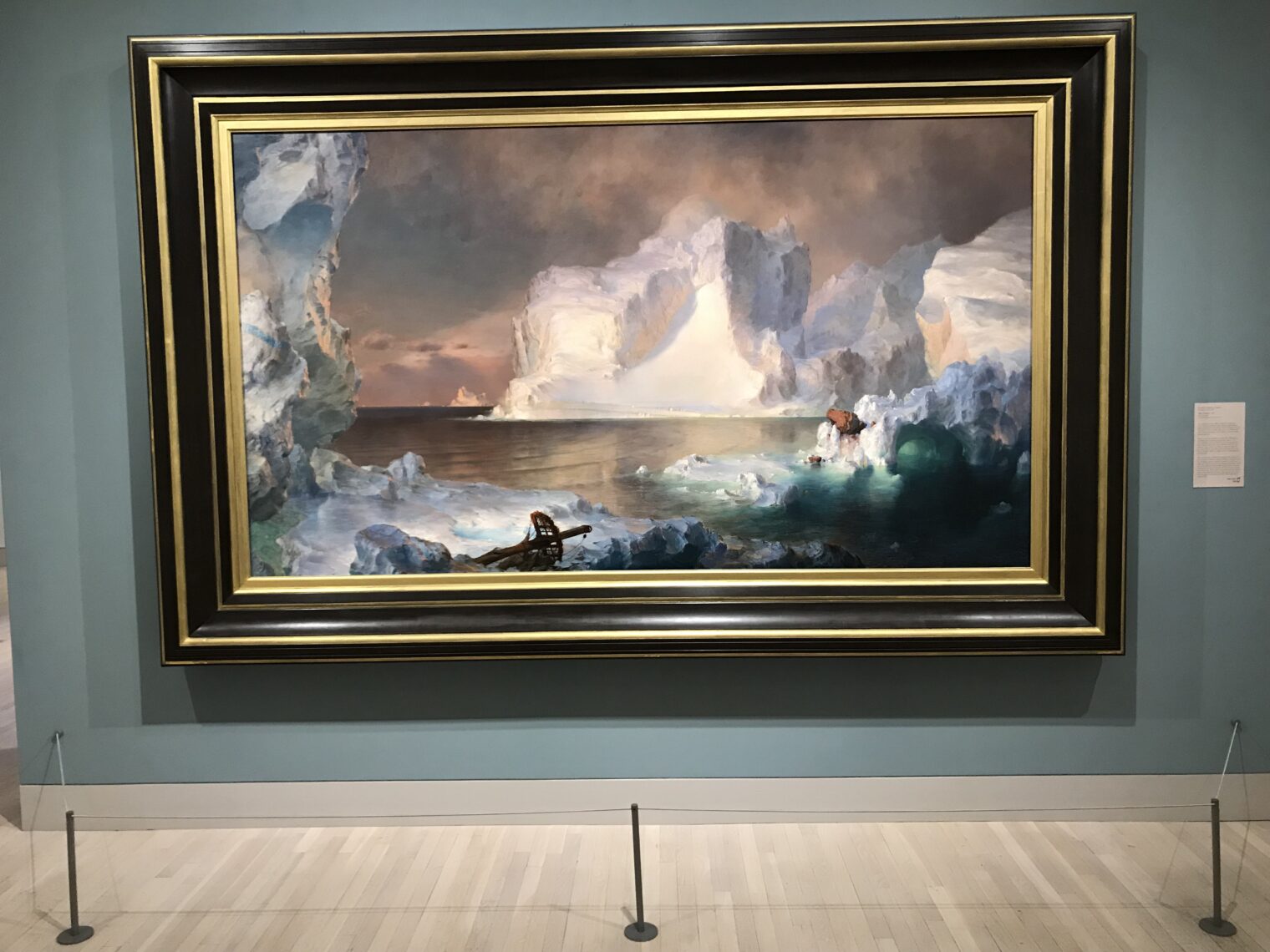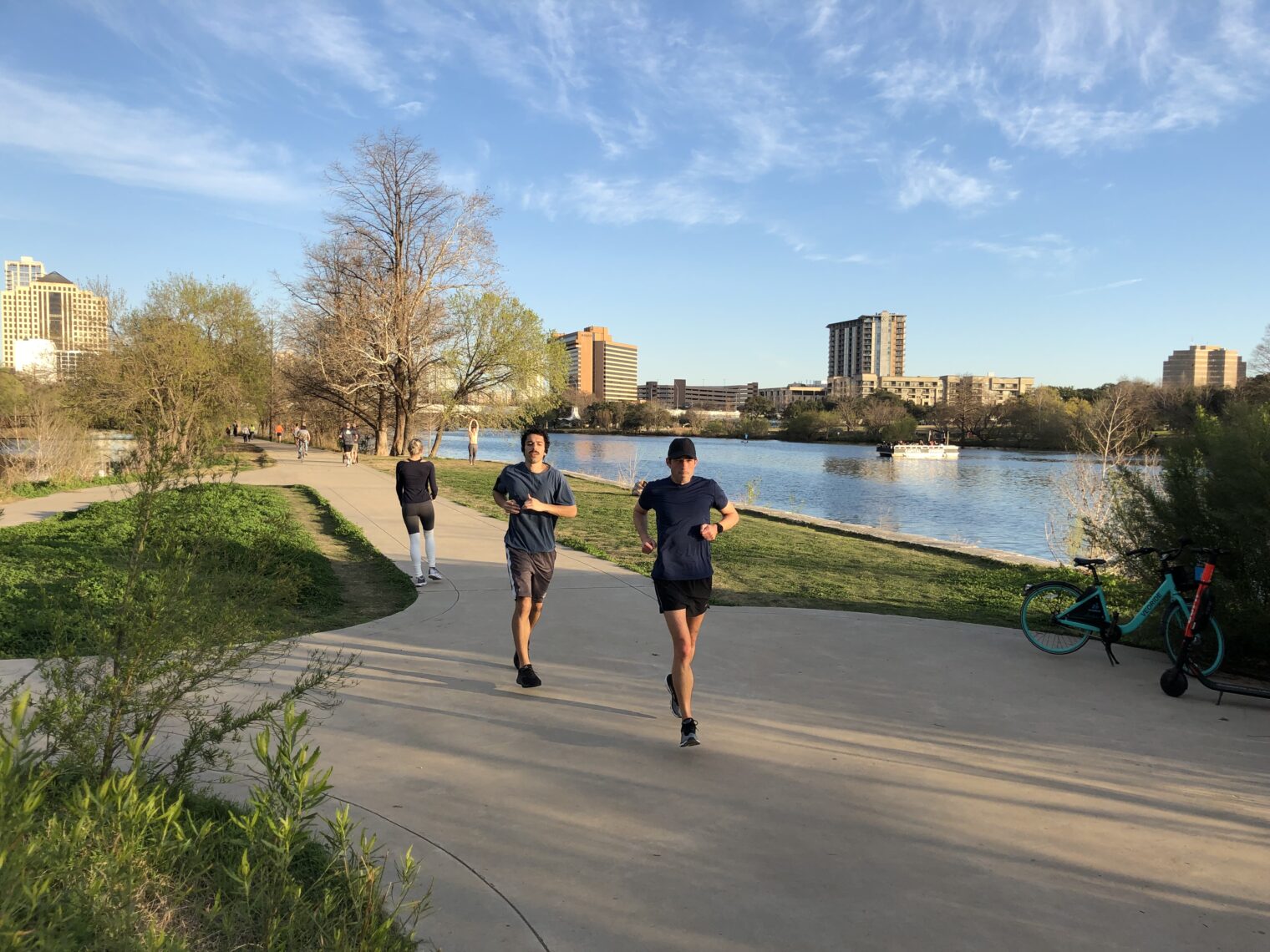Sweden ignores the science on COVID-19 vaccinations
America’s science-following health care professionals and science-informed politicians decided that health care workers, police, and firefighters should have top priority in getting COVID-19 vaccinations. (example from Maskachusetts)
What about the wicked non-masked non-shut kids-in-school Swedes? Their Phase 1 is organized entirely around those old and/or sick enough to require nursing care. Their Phase 2 is for people 65 years and older and also includes health care workers. From the Swedish government:
How many shots has Sweden administered? About 6 per 100 through February 19, or right at the EU average:
As one colleague of Dr. Jill Biden has pointed out, the strict lockdown in the UK has been very effective at driving COVID-19 out of Sweden:
The same guy also looks at media analysis of North Dakota versus South Dakota:
Circling back to vaccine priority… we are told that public health authorities make decisions regarding vaccines based on science. Yet science apparently may give the authorities in every state and country a different answer.
Separately, how important are vaccines? Let’s compared locked-down, masked, and mostly-vaccinated Israel to unlocked, unmasked, and only-starting-to-vaccinate Sweden:
Sweden seems to have had a more dramatic fall in the death rate, starting at roughly the same time, and actually to a slightly lower value than Israel’s. (But maybe this is because party-on Sweden’s cumulative death rate is 2X forever-shut Israel’s and there is a limit to how many COVID-vulnerable people exist in any given population.)
A final thought on the science of vaccinations… “Vaccine Alarmism: We look at the costs of vaccine alarmism.” (NYT):
About one-third of members of the U.S. military have declined vaccine shots. When shots first became available to Ohio nursing-home workers, about 60 percent said no. Some N.B.A. stars are wary of appearing in public-services ads encouraging vaccination.
Nationwide, nearly half of Americans would refuse a shot if offered one immediately, polls suggest. Vaccination skepticism is even higher among Black and Hispanic people, white people without a college degree, registered Republicans and lower-income households.
Friends on Facebook have cited this disapprovingly. They can’t believe that any young healthy person wouldn’t welcome an “investigational” vaccine that would be illegal to give as soon as a declared “emergency” is over. I asked one of these guys why he expected young healthy folks to want it:
- Him: because most of the information we have seems to show it’s much better than the alternatives.
- Me: Better for whom? Italy was one of the world’s worst-afflicted countries by coronaplague. 60 million people live there. Among those 20-29 years old, exactly 46 have died over the past year with a COVID-19 tag. You’re saying that a healthy slender 24-year-old Italian should take an “investigational” vaccine to avoid becoming the 47th person in this age group to die with/from COVID-19 (remember that, as far as we know, the 46 who did die might have been extremely sick with some other diseases, extremely fat, etc.)?
- Him: yes, to keep from spreading it.
- Me; Here in Maskachusetts, our governor assures us that the vaccine does NOT prevent people from being infected with and spreading coronavirus. “At this time, vaccinated individuals must continue to comply with the Governor’s Travel Order and related testing and quarantine requirements. While experts learn more about the protection that COVID-19 vaccines provide under real-life conditions, it will be important for everyone to continue using all the tools available to us to help stop this pandemic, including quarantining after a possible exposure, covering your mouth and nose with a mask, washing hands often, and staying at least 6 feet away from others.”
- Me: So you’re saying that young people should believe the government when it tells them that getting stuck with this experimental pharma product will stop them from spreading coronavirus. And they should also believe the government when it tells them that getting stuck with this experimental pharma product will not stop them from spreading coronavirus, which is why they need to wear masks, stay at home, quarantine after travel if they do somehow escape their home, etc.? (CNN: “Dr. Anthony Fauci said that Americans should continue wearing their masks and social distancing even after getting the vaccine because they can still spread coronavirus”)
- Me: If the government doesn’t trust the vaccines enough to change the travel quarantine laws, why should healthy young people believe that they will help the old/vulnerable by experimenting on themselves?
- Him: because they’re rational?
Readers: Do you expect your government overlords to grant any special privileges to the vaccinated? If so, when? And will these privileges be revoked as soon as mutant variant coronaplague is circulating?
Full post, including comments
